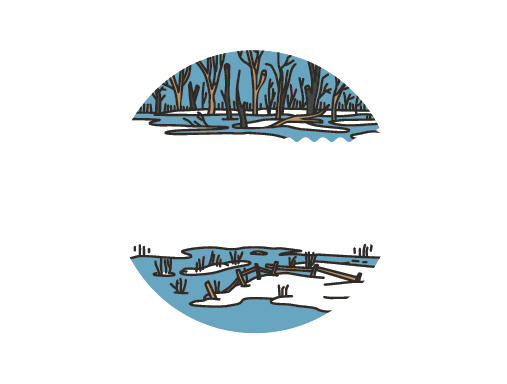
30 Mar Flora of the Delta – european spindletree.
European spindletree (Euonymus europaeus)
It is a native species of shrub from the Chokeberry family. It is common throughout the country and also occurs in Europe and Asia. It prefers habitats on fertile and moist ground and is found in forests and thickets.
European spindletree is a perennial, hardy plant that grows up to 3 m tall. The flowering period is in the month of May. Theflowers are inconspicuous – four-fold and greenish in contrast to the fruits, which are the most impressive ornament of this shrub. The fruits of the european spindletree are pink-red and sometimes bright pink four-chambered sacs that conceal four white seeds in an orange-colored aperture. They appear in the fall and persist long after the leaves have fallen. These qualities make it used as an ornamental plant. However, it is important to note that all parts of it are poisonous both the bark, leaves and fruit. Consumption of 35 spindletree fruits is considered a lethal dose for an adult. Birds are not poisoned by the fruit of the reed because they digest only the juicy carcasses and excrete the poisonous seeds.
The wood of the spindle tree makes a good raw material for charcoal, and was formerly used to make threads and spinning wheels. Of interest in the early 20th century. In France, gutta-percha was discovered in the roots of bumblebees. It is a substance similar to natural rubber and used in a similar way. The difference, however, is that gutta-percha is less flexible and harder than rubber. It is widely used in dentistry as a filling in root canal treatment. Industrially, gutta-percha is also used to make glue or golf balls.
Text: Kalina Adamczyk




